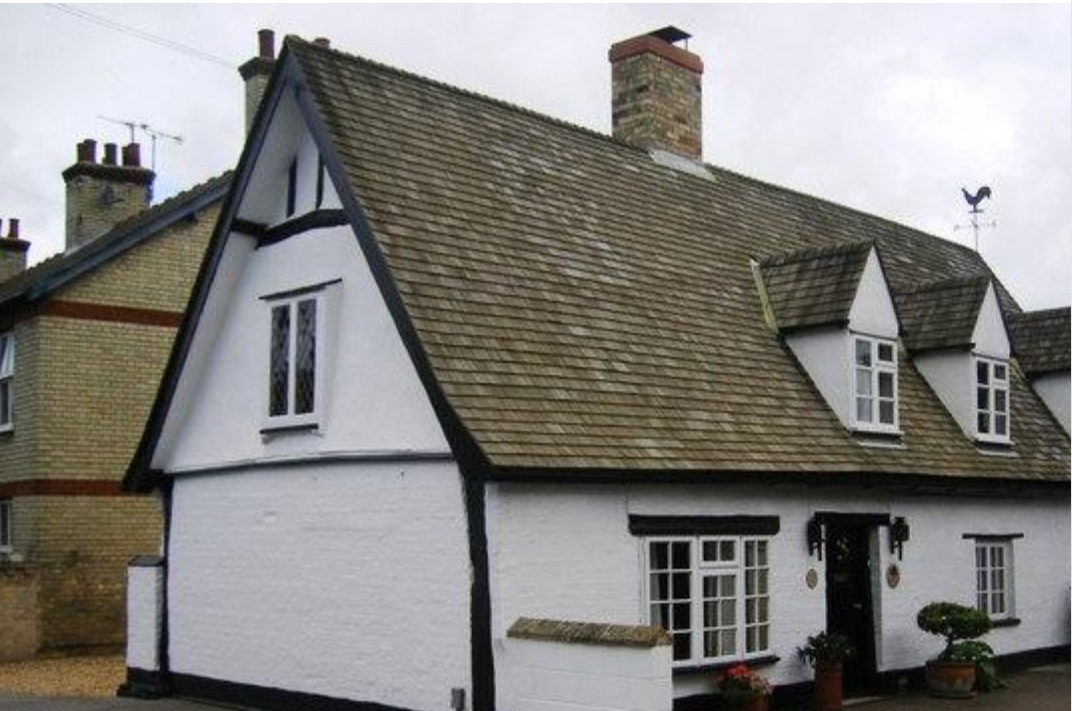A roof should be considered the most essential part of a building given that it keeps everything inside dry – from loved family members to valuable antiques that a householder may own. So, when it comes to home improvement it should be your first consideration. The roofing contractors alexandria va are one such firm that can take care of this important construction job.

What are the Different Types of Roof?
There are different types of roof designs, shapes, and styles to consider when engaging in home improvement. Whether these are required for houses or outbuildings.
Saltbox Roofs – a traditional New England style with a long and pitched roof. It is favoured by home improvers who are concerned with visual appearance.
Gambrel v Mansard Roofs – the difference is that a Gambrel roof has two sides whereas a Mansard has four. A Gambrel roof has an almost vertical steep slope like a Mansard but an upper slope that is much lower and uses just two roof beams along with gusset joints.
Hip Roofs – a type of roof where every side slopes downwards with a gentle slope.
Cross Gabled Roofs – consists of two or greater gable rooflines intersecting at an angle, most often with the two ridges positioned perpendicular to each other.
Flat Roofs – these have their advantages in that they can be walked over more easily and can even provide a flat surface to sunbathe. Their downside is that they may be more prone to leaking long term than a shaped roof. Find a roofing contractor near you.
Bonnet Roofs – this kind of roof has a double slope on all four of its sides. It provides good shade from the sun, if required, and shelter from the rain.
For more information on rooftops, click here. The article entitled “Roof” will provide further ideas with regards to design and construction.
A specialist roofing constructer will be able to show you photographs and provide designs for you to understand fully the different kinds of roof available to you, whether it is a house or shed, a home improvement or new build.
Roof materials
Just to give an idea of the complexities involved in roof constructions, it is interesting to discover just what an online search of “roof materials” can bring up. The following list of the materials involved in roof construction is still not an exhaustive one. It should be noted, too, that materials such as asbestos are no longer permissible to be used in certain countries. For example, the UK, due to the health risk of its particles. This makes it important to either have an extensive knowledge of building materials and the regulations or be prepared to enlist a professional roofing firm for the home improvements in your area.
The list of roofing materials consists of:
Tile, Concrete, Metal, Slate, Region Plastic, Lumber, Polyvinyl Chloride, Adhesive, Wood, EPDM Rubber, Steel, Fibre, Building material, Aluminium, Copper, Cement, Coating, Polycarbonate Sealant, Fibre Cement, Plywood, Glass, Asphalt Shingle, Zinc, Felt, Resin, Brick, Tar, Concrete Slab, Composite lumber, Ceramic, Terracotta, Soil, Polyurethane Filler, Fibre-reinforced plastic, Asbestos, Lead, Primer, Thermoplastic, Synthetic fibre, Coal Tar, Reinforced Concrete, Tar paper, Pitch, Straw, Poly(methylmethacrylate), Putty, Gelcoat, Metal Profiles, and Fibre Cement Siding.
Why Do I Need to Hire the Professionals?
A structure as important as a roof is widely considered best left to building firms, more typically specialists in roofing construction. Home improvements are all very well when they relate to interiors, but large construction work comes across building regulations that need to be followed. A roofing company is required with regards to the strength of support required and the different materials that construct the roof to keep things dry and secure.



